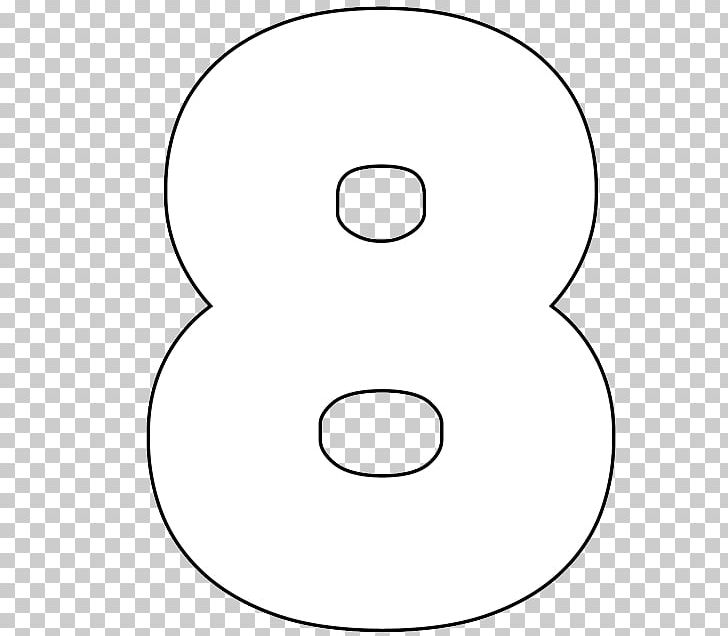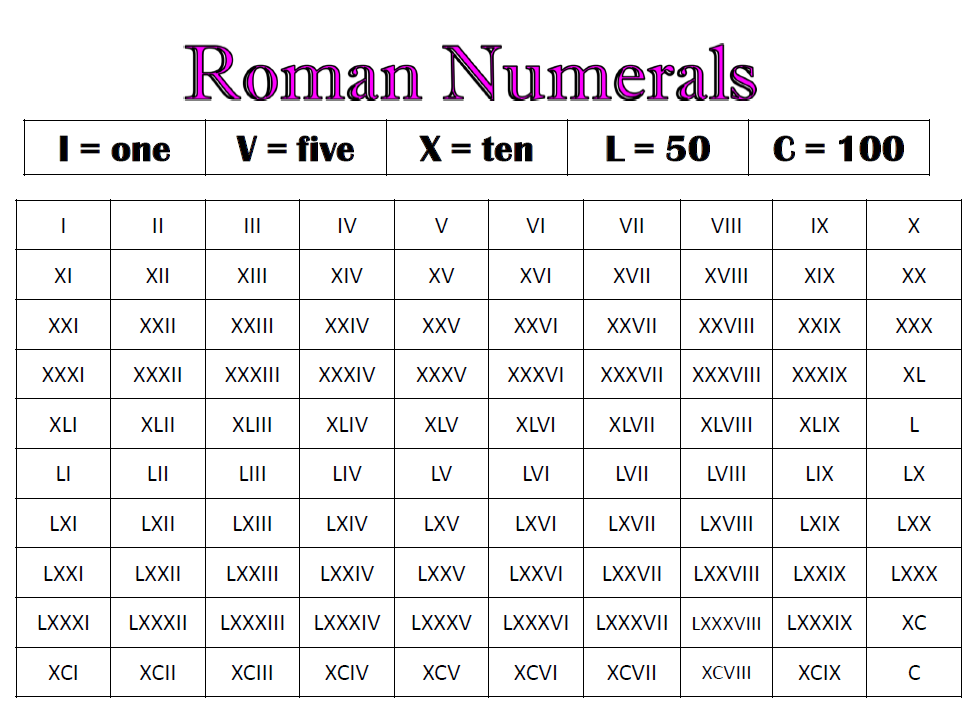

Prime numbers are numbers that are only divisible by themselves and 1 while composite numbers are numbers divisible by a number other than 1 and the number itself. Rational numbers include all fractions where the top and bottom numbers are integers. We call positive numbers positive integers and negative numbers negative integers. Integers include all positive and negative numbers along with zero. Some other categories are as follows:Įven numbers are numbers that we can divide by 2 (with a remainder of 0), while odd numbers are numbers that are not divisible by 0. Natural numbers like 1, 2, 3, etc., are cardinal numbers while numbers that denote the position, for example, 1 st, 2 nd,3 rd, etc., are ordinary numbers. All numbers from 1 to infinity are called natural numbers. We can classify numbers into various categories. Numbers are the foundation of mathematics. A number represents a particular quantity, and we use numbers in counting and making calculations. What is a NumberĪ number is an arithmetical value we express by a word, symbol, or figure. But we generally use only 4 digits to write time (using numbers) as we only indicate hours and minutes for example, 18.20, 00.30, 07.15, etc. Similarly, a digital clock uses six digits to show time – two digits to show hours, two digits to show minutes and two digits to show seconds. The CVV number in the back of a credit or debit card typically contains three or four digits.

For example, a phone number in the United States usually consists of eleven digits. We can use digits alone (for example, 1) or in combination with other digits (for example, 10, 101, etc.) Therefore, we can say that a number or a numeral has several digits. In Latin, digit means fingers, and the word originates from the fact that ten digits of the hand correspond to the ten symbols of the common decimal numeral system. – Comparison of Key Differences Key Termsĭigit, Numerical, Number, Mathematics What is a DigitĪ digit is a single symbol used to represent a numeral. Using these digits, we can make numerous numerals or numbers. There are ten digits: 0, 1, 2, 3, 4, 5, 6, 7, 8, and 9, in the decimal number system, also known as the Hindu-Arabic Number system, which we commonly use. Numbers are represented by symbols called numerals. What are you doing on the 2nd of May? Do you want to join us at the theatre?Īll three singers in the competition were excellent but I’m voting for the third.The main difference between digit and number is that a digit is a single numerical symbol, whereas a number can contain a single digit or a combination of more digits. (usually spoken as ‘the third of January’) We usually say the and of when we speak, but we often omit them in writing: We usually write them in abbreviated form and often in superscript (above the line). We use the ordinal numbers to refer to dates. It’s her twenty-first birthday and she’s spending it with friends in Malaysia. This was the fifth science exam that he had failed.

When we use ordinal numbers as determiners (before nouns), we commonly use other determiners such as articles ( a/an, the) and possessives ( my, your) in front of them: We most commonly use ordinal numbers as determiners. Numbers such as first, second, third are ordinal numbers.


 0 kommentar(er)
0 kommentar(er)
